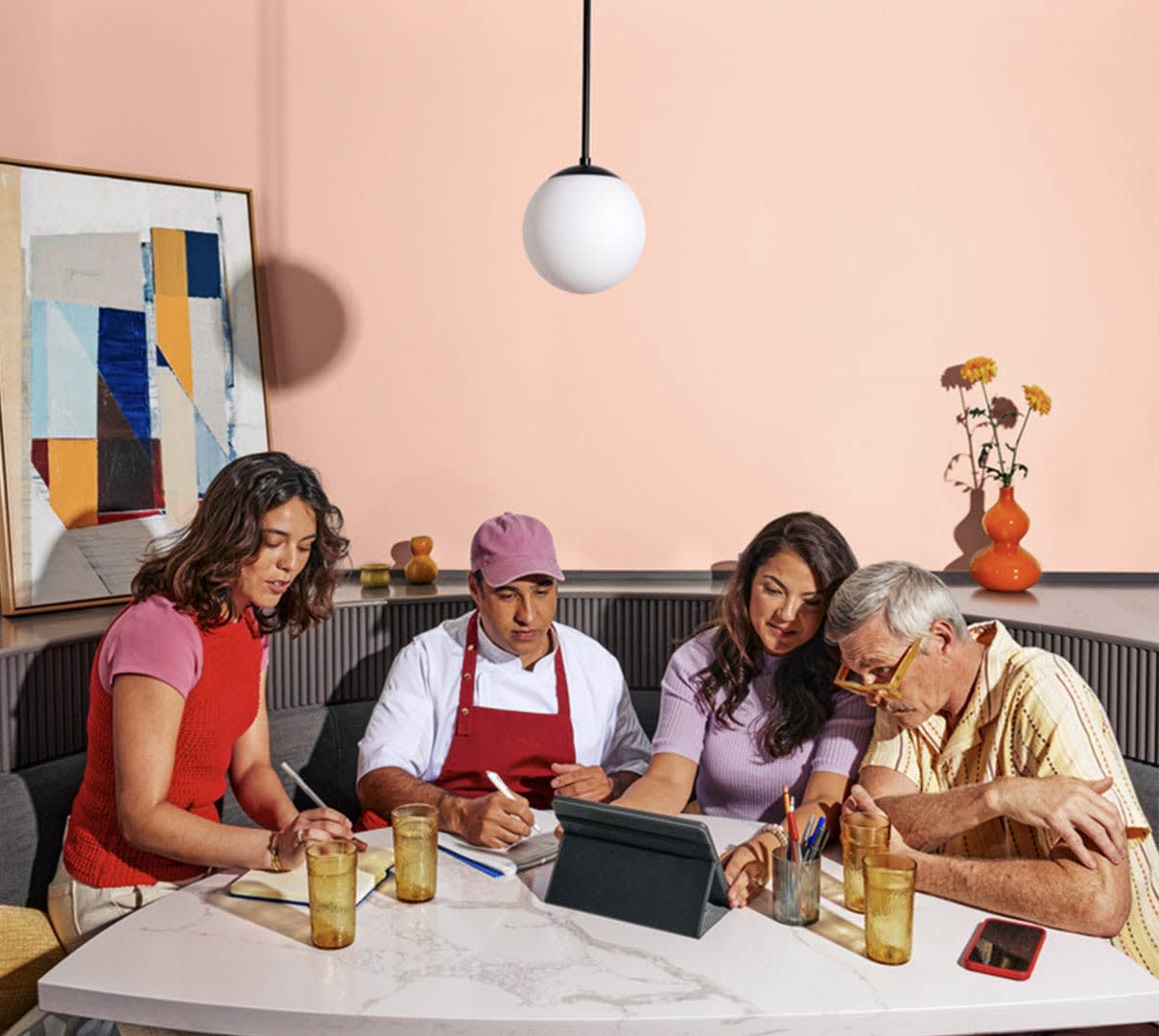As a restaurant owner, you know the best way to turn your business into a beloved brand is to serve amazing food. But the second best way is to advertise effectively. And in order to know if your campaigns are working, you need to understand how to measure your return on ad spend (ROAS).
What is ROAS?
You've probably heard of ROI — return on investment. ROAS is a version of this metric, but the investment being analyzed is the amount you're spending to produce and distribute ads — and the return is measured in new business.
This is a powerful restaurant metric to assess whether or not your advertising is successful. The goal for any restaurant marketer should be to have a high ROAS, so that every dollar spent on ads brings in a greater amount of revenue and helps drive business growth.
Once you calculate your ROAS, you can optimize your marketing materials and strategies to generate new customer prospects and turn them into paying guests. With the hospitality industry's tight profit margins, knowing how to improve ROAS for restaurants can allow you to make the most of your marketing budget by providing insights into which channels, platforms, media, and visual styles are connecting with the intended audience.
Pay attention to these variables in particular:
Market size: Determine the competitive landscape you're facing. The size of the market will determine how soon you hit a saturation point (i.e., where your ads no longer reach new audience members, and the return on your spend starts to noticeably decline).
Ad spend: The size of your ad spend is a major factor in your ROAS. If you allocate a large budget to create and operationalize your ads, your ROAS is reduced by default. Having repeatable processes or templates can help increase restaurant ad spend efficiency.
Creative impact: An ad campaign's success in the market derives from its content, style, and distribution channels. Your ROAS can be increased if the creative direction and messaging stands out.
Seasonality: Throughout the year, there are food and dining patterns and trends that correspond to holidays, festivals, months, and seasons. Launching the right messaging in the right market at the right time is an important factor in the success of your ads.
Branding: The reputation of your brand plays a huge role in ROAS. The better-known you are — or become — the higher your ROAS is likely to be. If you're just starting out, set realistic objectives as you build awareness.
How do you calculate ROAS for restaurants?
Perhaps you're already acquainted with marketing metrics such as customer acquisition cost (CAC) — the amount that you have to spend for every new customer you attract. Your CAC is your total marketing and sales costs divided by the number of new guests you gain during a certain period of time.
Cost per click (CPC) is another marketing metric related to ROAS. While ROAS is a more holistic measure of your advertising efforts, CPC is focused on restaurant digital marketing ROI specifically. It evaluates the effectiveness — and cost-effectiveness — of an online ad based on how many people directly engaged with it, relative to how much it costs you to produce.
ROAS is a little bit different. Unlike CPC or CAC, which are meant to tell you how many new customers are coming to your site or walking through your door, ROAS helps you understand how much money you're making relative to how much you're spending.
Learning how to calculate ROAS for restaurants means dividing the revenue you can directly attribute to your marketing by the amount those advertisements cost you:
ROAS = Ad revenue / Ad spend
You may be wondering what a good ROAS might be. There's no "right" answer, since restaurants and locations are so diverse, but as a general rule, a 4:1 ratio — making $4 in revenue for every $1 spent — is a solid ROAS.
ROAS is versatile — the formula can work for a single asset, a full campaign, or your overall budget. But it's helpful to have a point of comparison so you can view the performance of your advertising in a real-world context. Keep track of ROAS so you can compare the results of two different time periods, or measure the success of the same ad across disparate platforms or channels. This can help you refine when, where, and how you advertise in the future.

Top tips to improve ROAS for restaurants
So how can you ensure every dollar you spend on advertising goes as far as possible? These five considerations are a good place to start:
1. Evaluate effective restaurant advertising strategies
You need to meet potential customers where they are, and that means thinking critically about where to place your ads. Online platforms such as Facebook, Instagram, and Google all offer ad targeting capabilities, so test them all to figure out which ones get the best results for your business.
2. Refresh and optimize copy
Just like some companies A/B test their products, you can A/B test your ads. Make tweaks to headlines, copy, images, and layouts to see which iterations perform better. Reference timely trends and topics to be relevant, funny, and memorable.
3. Track key performance metrics
Restaurants can monitor numerous performance metrics and KPIs in tandem with ROAS to help increase your revenue. Follow these metrics using tools such as Google Analytics or Meta Ads Manager for a comprehensive overview of how your ads are faring.
4. Improve your website and menu
If you're driving traffic to your website and menu through online ads, then ensure your prospective guests are enticed and engaged when they get there. Prioritize high-quality photography, compelling captions and copywriting, and clear calls to action.
5. Use DoorDash ads and promos
Along with placing search engine and social media ads, restaurants that partner with third-party delivery platforms like DoorDash can run customizable promotions and ads right in the app. You'll also get access to real-time performance data and reporting and can create targeted campaigns to reach diners in your area and build your brand presence.
Improve restaurant sales with ads
It's not easy to advertise effectively without understanding and calculating your ROAS. Once you've mastered this metric, you're equipped to differentiate yourself in the marketplace with ads that connect with guests and turn them into regulars at your establishment.
Partner with a third-party delivery service like DoorDash for built-in marketing tools that can help maximize your ad campaigns.





